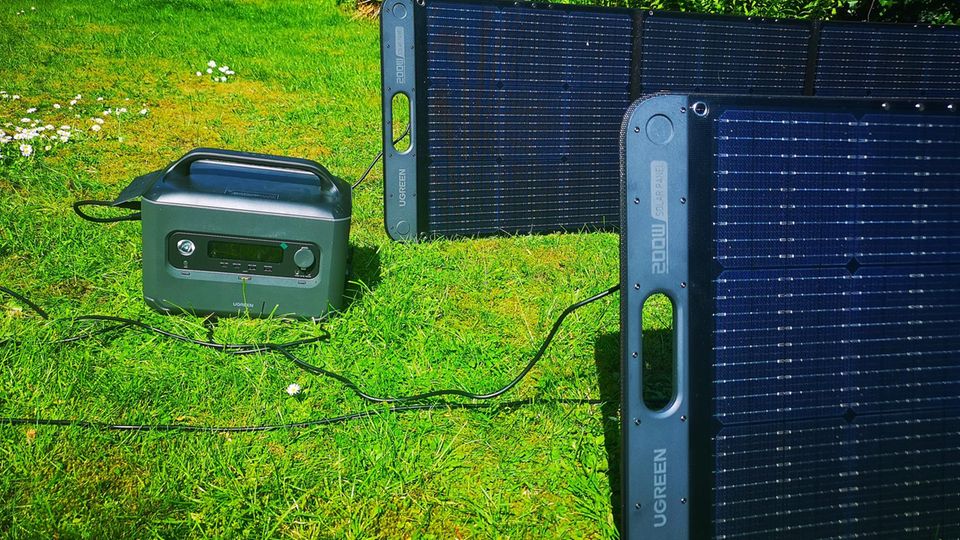EU regulation
New rules for technology: Permanently installed batteries are sometimes prohibited in the future
In the past, laptop batteries were often interchangeable – that’s different now. New rules are likely to reverse the trend.
© ronstik / Getty Images
The Battery Ordinance is in place and is intended to make technology more sustainable. Glued batteries are a particular thorn in the side of the EU. In a few years, many devices could therefore change significantly.
Sustainability before throwaway mentality – new rules will soon apply to numerous devices. The European Parliament In a press release on the Battery Ordinance, speaks of “stricter targets for waste collection, recycling efficiency and material recovery”, “due diligence to deal with social and ecological risks” and “stricter requirements for sustainability, performance and labelling”. The latter in particular has a direct impact on the technology of the future – because device batteries for certain hardware must be easier to replace in the future.
Exceptions for Specific Devices
In principle, all portable batteries are affected, such as those in laptops. The EU defines it as follows: “A ‘portable battery’ is a battery that is sealed, weighs 5 kg or less, is not specifically designed for industrial use and is not an electric vehicle battery, a LV battery or a starter battery acts”.
But the current regulation initially grants exceptions for certain areas, which the Commission is planning to revise, according to information from the star however reserved. According to this, manufacturers should be given the opportunity to decide how they want to design their hardware as part of the so-called Ecodesign Regulation. You want to give them the choice of whether they want to enable battery replacement or just meet certain specifications in terms of battery life and performance. This applies in particular to devices that need to be protected against water, such as smartphones and wearables.
The new regulation should be binding “three and a half years after the regulations come into force,” it says. The exact date is still pending, because the EU Council must now “formally approve the text before it is published shortly afterwards in the EU’s Official Journal and enters into force,” the Parliament said. A Speaker of Parliament shared that star with the fact that this could still be the case in the summer.
Stricter rules in terms of recycling – but criticism of environmental aid
The issue of recycling also moves to the fore with the new regulation. By 2030, the proportion of used batteries collected from devices is to increase in several stages to a proportion of up to 73 percent. A share of up to 61 percent by 2030 is targeted for batteries in “light means of transport”.
Eight years after the regulation came into force, there should also be guidelines for the production of new batteries, which prescribe a certain proportion of recycled materials in new goods. The EU is doing this because they want to cushion the increasing demand for raw materials, for example for electric car batteries. By 2030, the EU is assuming a fourteen-fold increase.
Generally welcomed the German environmental aid the regulation, but points out in its press release “large gaps” which the EU Commission must close “quickly”. What is meant above all are the exceptions for waterproof devices. In the opinion of the DUH, the EU also leaves too much leeway when it comes to collection targets for old batteries and compliance with environmental regulations.




